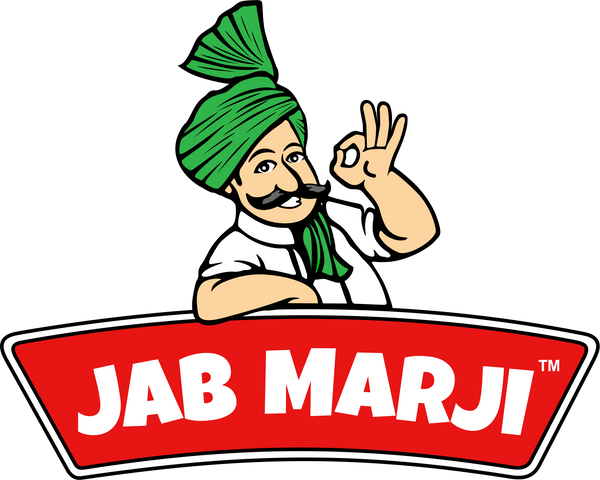Managing sugar intake is a cornerstone of a diabetic diet. High blood sugar levels can wreak havoc on the body, leading to complications such as cardiovascular disease, nerve damage, and kidney problems. By carefully monitoring and avoiding certain high-sugar foods, individuals with diabetes can significantly improve their blood sugar control and overall health. This blog explores the top 10 high-sugar foods to avoid and offers practical tips for making healthier choices.
Why Sugar Control Is Crucial for Diabetics
Diabetes impairs the body’s ability to process glucose effectively. High blood sugar levels, if not managed, can lead to both immediate and long-term complications:
- Immediate Risks: Frequent urination, fatigue, and blurred vision.
- Long-Term Risks: Increased risk of heart disease, kidney failure, neuropathy, and vision loss.
Dietary management is essential for maintaining stable blood sugar levels. Avoiding high-sugar foods can prevent dangerous blood sugar spikes and improve insulin sensitivity.
Top 10 High-Sugar Foods to Avoid
1. Sugary Beverages
Sugary drinks, including sodas, sweetened teas, and fruit juices, are among the worst offenders. A single can of soda contains upwards of 40 grams of sugar—well over the recommended daily intake for diabetics.
Healthier Alternatives: Opt for water, unsweetened tea, or infused water with slices of lemon or cucumber.
2. Desserts and Sweets
Cakes, cookies, ice creams, and other desserts are loaded with refined sugars, which can cause a rapid spike in blood sugar levels. These treats also lack nutritional value, contributing empty calories.
Healthier Alternatives: Choose desserts made with natural sweeteners like stevia or enjoy a small portion of dark chocolate (70% cacao or higher).
3. Breakfast Cereals
Many breakfast cereals marketed as healthy are secretly packed with sugar. Even seemingly innocent options like granola can contain up to 15 grams of sugar per serving.
Healthier Alternatives: Opt for oatmeal or whole-grain cereals with no added sugar, and sweeten naturally with fresh fruit or a sprinkle of cinnamon.
4. Baked Goods
Pastries, muffins, croissants, and white bread are notorious for their high sugar and refined carbohydrate content. These foods can cause rapid blood sugar spikes and are best avoided.
Healthier Alternatives: Whole-grain bread, homemade muffins with almond flour, or baked goods made with low-glycemic sweeteners.
5. Candies and Chocolates
Candies are essentially pure sugar in a convenient, bite-sized form. Even sugar-free candies may contain sugar alcohols that can still impact blood sugar levels.
Healthier Alternatives: Snack on a handful of nuts or make homemade energy balls with dates and nuts.
Also Read: Prediabetes Symptoms: Are You at Risk? Key Signs to Look For
6. Dried Fruit
Dried fruits like raisins, apricots, and dates are concentrated sources of sugar, as the drying process removes water and increases sugar content per gram.
Healthier Alternatives: Choose fresh fruit instead. Berries, apples, and oranges are great options with lower sugar content.
7. Flavored Yogurts
While yogurt is a healthy choice, flavored varieties often contain high levels of added sugar—sometimes more than a candy bar.
Healthier Alternatives: Stick to plain, unsweetened yogurt and add fresh fruit or a drizzle of honey for flavor.
8. Processed Foods
Pre-packaged snacks, frozen meals, and canned soups often contain hidden sugars for flavor enhancement and preservation.
Healthier Alternatives: Read labels carefully and choose minimally processed options, or prepare meals from scratch using fresh ingredients.
9. Sauces and Condiments
Condiments like ketchup, barbecue sauce, and salad dressings can be sugar traps. Just two tablespoons of ketchup can contain 8 grams of sugar!
Healthier Alternatives: Use sugar-free or low-sugar versions, or make your own condiments at home.
10. Energy and Protein Bars
Though marketed as health foods, many energy and protein bars are loaded with sugar to enhance taste. These hidden sugars can counteract the intended health benefits.
Healthier Alternatives: Look for bars with less than 5 grams of sugar, or make your own with nuts, seeds, and unsweetened cocoa.
Also Read: Diabetes and Weight Loss: Best Diet Plans for Effective Results
Managing Your Diet with Sugar Care Products
Managing diabetes doesn’t have to feel restrictive. Sugar Care products offer practical solutions for keeping blood sugar levels stable while allowing you to enjoy a diverse diet.
Sugar Care Diet Chart
The Sugar Care Diet Chart is a valuable tool for planning diabetes-friendly meals. It offers guidance on portion sizes, low-glycemic foods, and balanced nutrition.
Download Your Free Sugar Care Diet Chart Today and Take Control of Your Diabetic Diet!
Sugar Care Atta
Sugar Care Atta is a specially formulated flour designed to help maintain stable blood sugar levels. Packed with fiber and essential nutrients, it’s an excellent choice for chapatis, bread, and other staple foods.
Switch to Sugar Care Atta for Healthier Meal Options – Purchase Here!
High-Sugar Foods to Avoid FAQs
1. What makes a food high in sugar?
A food is high in sugar if it contains large amounts of natural or added sugars per serving. Checking the "Total Sugars" and "Added Sugars" on the nutrition label can help identify such foods.
2. Can I ever eat sweets if I have diabetes?
Yes, but in moderation. Opt for small portions of desserts made with natural sweeteners or enjoy occasional treats within your daily carb allowance.
3. How do I read food labels for sugar content?
Look for "Total Sugars" and "Added Sugars" on the nutrition facts panel. Ingredients like high-fructose corn syrup, sucrose, and dextrose indicate added sugars.
4. Are natural sugars different from added sugars?
Natural sugars, found in fruits and dairy, come with essential nutrients like vitamins and fiber. Added sugars, found in processed foods, provide empty calories with no nutritional benefit.
5. What are the best alternatives to high-sugar foods?
- Fresh fruits over dried fruits.
- Plain yogurt over flavored yogurt.
- Homemade baked goods with natural sweeteners.
- Sugar-free condiments and beverages.
Conclusion
Avoiding high-sugar foods is vital for managing diabetes effectively. By steering clear of sugary beverages, processed snacks, and other culprits, you can take significant strides toward better blood sugar control. Sugar Care products, such as Sugar Care Atta and the Sugar Care Diet Chart, are here to support your journey to healthier eating.


